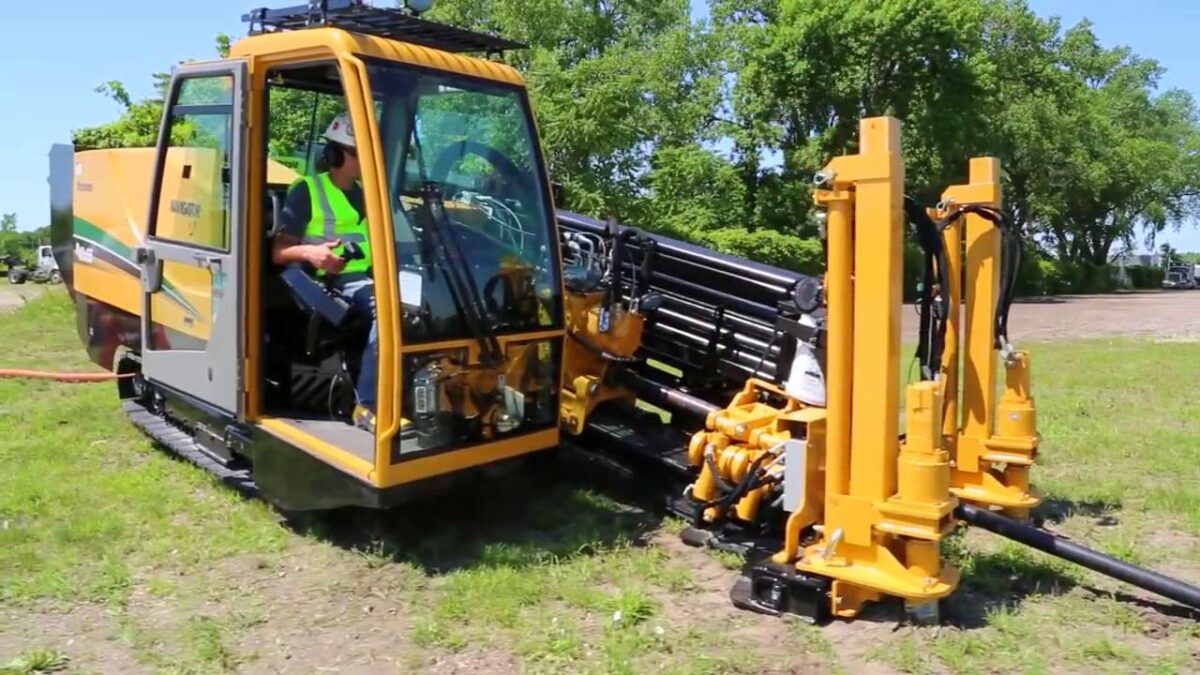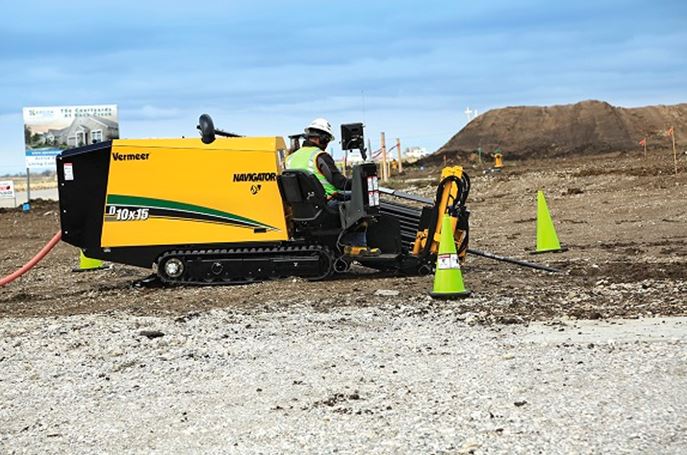PD80/45CU H – PD 80/45 CU charakteryzuje się wysoką elastycznością i maksymalną wydajnością. Wiertnica do przekroczeń rzek i długich przewiertów i średnic instalowanych rur. Maksymalna siła uciągu 800 kN.


JT60 – połączenie mocy i wydajności (siła nacisku i uciągu 267 kN), zapewniające klientom płynną realizację zadania. Idealna do trudnych przewiertów o dużych średnicach.
Vermeer D40x55 Series 3 – najlepsza wiertnica w swojej klasie. Następca uznanej i docenianej wiertnicy D36x50 seria II , której sprawdzona konstrukcja zachwycała swoimi możliwościami i osiągami. Uzyskiwana siła uciągu 180kN.


JT3020 - extremely strong and reliable anchoring system enabling stable operation in difficult conditions. Pulling force of 134 kN. Works well in urban and suburbs.
Vermeer D10x15 seria S3 – niezawodna i ekonomiczna wiertnica dla małych instalacji w terenach mocno zurbanizowanych. Siła uciągu 44,5kN.



